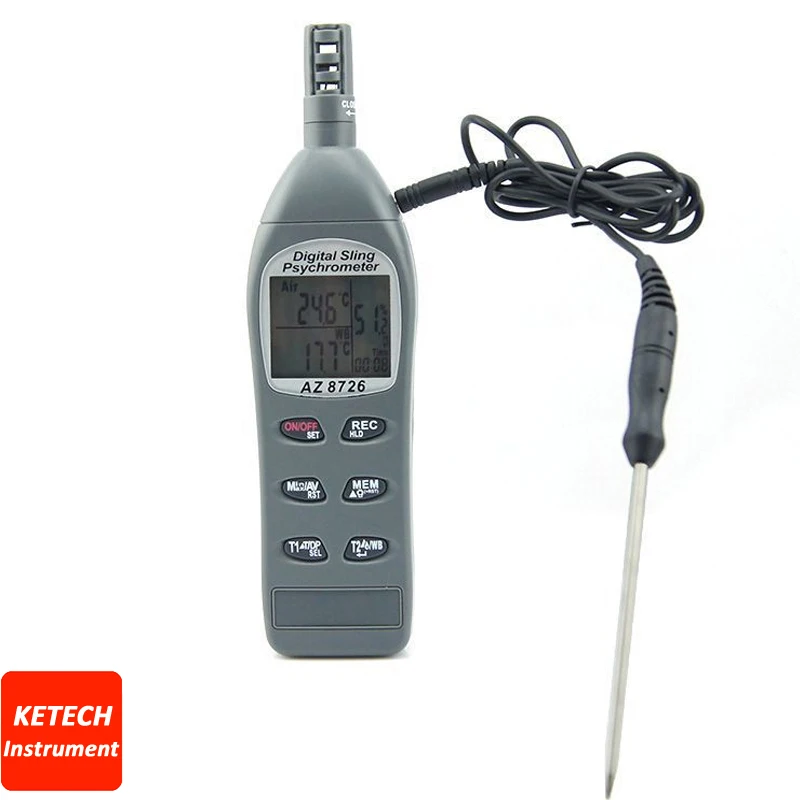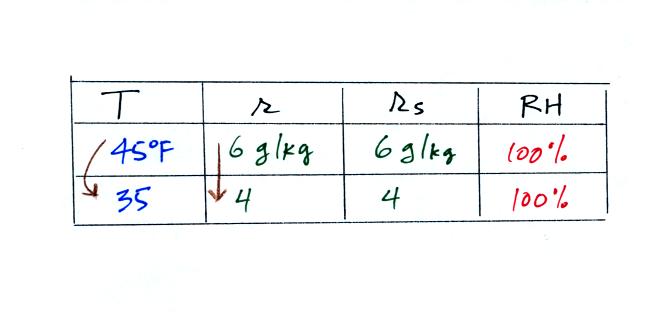

This section needs additional citations for verification. General aviation pilots use dew point data to calculate the likelihood of carburetor icing and fog, and to estimate the height of a cumuliform cloud base. When the moisture content remains constant and temperature increases, relative humidity decreases, but the dew point remains constant.

A relative humidity of 100% indicates the dew point is equal to the current temperature and that the air is maximally saturated with water. Ī high relative humidity implies that the dew point is close to the current air temperature. This can happen if there are not enough particles in the air to act as condensation nuclei. If the temperature is below the dew point, and no dew or fog forms, the vapor is called supersaturated. In the air, the condensed water is called either fog or a cloud, depending on its altitude when it forms. The condensed water is called dew when it forms on a solid surface, or frost if it freezes. At temperatures below the dew point, the rate of condensation will be greater than that of evaporation, forming more liquid water. In technical terms, the dew point is the temperature at which the water vapor in a sample of air at constant barometric pressure condenses into liquid water at the same rate at which it evaporates. In normal conditions, the dew point temperature will not be greater than the air temperature, since relative humidity typically does not exceed 100%. If all the other factors influencing humidity remain constant, at ground level the relative humidity rises as the temperature falls this is because less vapor is needed to saturate the air.


 0 kommentar(er)
0 kommentar(er)
